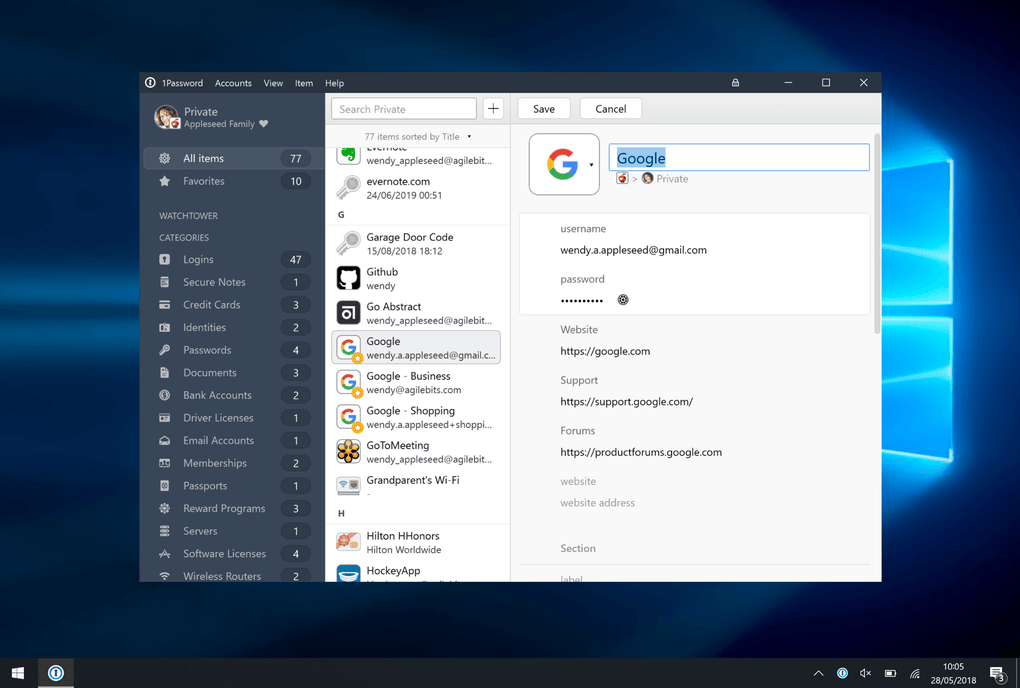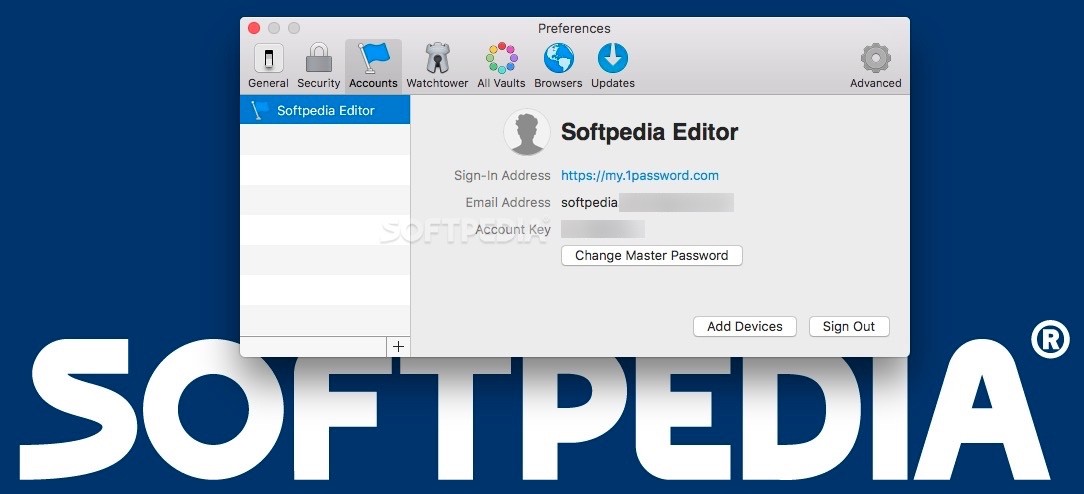

- #Download 1password how to
- #Download 1password install
- #Download 1password verification
- #Download 1password code
Step 5: Enter the service name and paste the security code. So we clicked the photo of the app on a Mac. Note: Authenticate will not let you take screenshots. Select the + icon in the bottom right corner.
#Download 1password code
Step 2: Find the security code for your preferred service (refer to the steps above, although it does vary from one service to another). Step 1: Download Authenticator from the Mac App Store. You can simply open the widgets menu to check the six-digit number. You don’t need to open a third-party app to check the authentication code. Unlike iCloud Passwords and 1Password, this one stays in the Mac notification menu. Authenticator AppĪuthenticator App is a native 2FA app for Mac. Open 1Password, add an authentication code, and access your account. The service will ask for an authentication code when you log in to your Twitter account. Step 11: Paste the authentication code or One-Time Password. Step 10: Add a new item for a one-time password. Click the Edit button after selecting Twitter. Step 8: Create a new entry for Twitter using the ‘New Item’ button at the top. Open 1Password and log in with your account details.
#Download 1password install
Step 7: Download and install 1Password from the Mac App Store. Step 6: Copy code from the following menu. Step 5: Enable the checkbox beside the Authentication app. Step 4: Open Security and select Two-factor authentication. Step 3: Select Security and account access. Step 1: Launch Twitter on the web and select More from the left sidebar. We took LinkedIn as an example above here, we will set up the same for Twitter in 1Password.

Apart from storing login information, you can set up a 2FA code in it. It recently received a huge redesign with 1Password 8. 1Password (Paid)ġPassword is one of the best third-party password managers on Mac. However, it leaves much to desire compared to a dedicated password manager. iCloud Passwords is free to use, and it’s available on Windows as well. You can open the same Passwords menu (refer to the steps above) and find the security code. The next time login into your LinkedIn account, the service will ask for an authentication code. Step 11: Select Enter Setup Key and paste the code.

Step 10: Open LinkedIn from the list and click the Edit button. Step 9: Open Passwords from System Preferences.

Step 8: Select the little Apple icon in the top-left corner to open the System Preferences menu. Step 7: Verify your account again and copy the secret key from the following menu.
#Download 1password verification
Step 6: Select the Authenticator app as a verification method. Step 3: Click Security and account access. Step 2: Select your profile picture in the top right corner and open Settings & Privacy. Step 1: Open LinkedIn website in a browser and log in with your account details. It’s one of the best professional networks worldwide, and you won’t want to lose access to it due to a data breach. We will take LinkedIn as an example to set up 2FA for your account. If you prefer to use iCloud Keychain to store login data entries, set up two-factor authentication in it. You can also use third-party options to create security codes. Thanks to a new add-on with macOS Monterey, it’s now possible to set up two-factor authentication with iCloud Passwords. But it’s not always convenient to use mobile when you work on the Windows PC or Mac.
#Download 1password how to
For more information, please check how to organize CSV file for import to NordPass.įinally, check our guide on how to import passwords to NordPass.You can use 2FA mobile apps to set up security codes on iPhone or Android. Your 1Password data export is completed, and you can now start your data import to NordPass.īefore importing your passwords to NordPass make sure that the CSV file you have is matching our import criteria. Enter your master password and click Export.Right-click the selected item(s) and choose Export.Choose the file name, location, and export file format (CSV) and click Save.Choose the file name, location, select Include Column Labels and export file format (CSV), and click Save.Open and log in to your 1Password application.To export your saved passwords from the 1Password password manager, follow the steps below:


 0 kommentar(er)
0 kommentar(er)
